Archives
- 2025-12
- 2025-11
- 2025-10
- 2025-09
- 2025-04
- 2025-03
- 2025-02
- 2025-01
- 2024-12
- 2024-11
- 2024-10
- 2024-09
- 2024-08
- 2024-07
- 2024-06
- 2024-05
- 2024-04
- 2024-03
- 2024-02
- 2024-01
- 2023-12
- 2023-11
- 2023-10
- 2023-09
- 2023-08
- 2023-07
- 2023-06
- 2023-05
- 2023-04
- 2023-03
- 2023-02
- 2023-01
- 2022-12
- 2022-11
- 2022-10
- 2022-09
- 2022-08
- 2022-07
- 2022-06
- 2022-05
- 2022-04
- 2022-03
- 2022-02
- 2022-01
- 2021-12
- 2021-11
- 2021-10
- 2021-09
- 2021-08
- 2021-07
- 2021-06
- 2021-05
- 2021-04
- 2021-03
- 2021-02
- 2021-01
- 2020-12
- 2020-11
- 2020-10
- 2020-09
- 2020-08
- 2020-07
- 2020-06
- 2020-05
- 2020-04
- 2020-03
- 2020-02
- 2020-01
- 2019-12
- 2019-11
- 2019-10
- 2019-09
- 2019-08
- 2019-07
- 2019-06
- 2019-05
- 2019-04
- 2018-11
- 2018-10
- 2018-07
-
Thus phosphorylation of p was used to measure the
2024-03-28
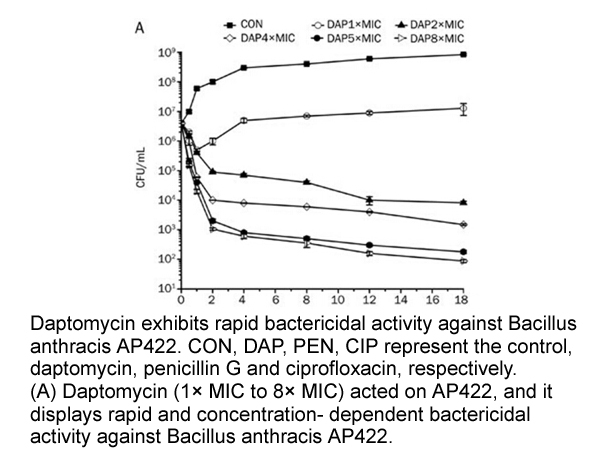
Thus, phosphorylation of p38 was used to measure the intracellular potency of ASK1 inhibitors. In this assay, HEK293/AP-1luc 1478 expressing human full-length ASK1 were incubated with compound for 18 h and then lysed and the level of phospho-p38 was quantified using the HTRF assay [33]. Results
-
Atropine br Experimental section br Acknowledgments br
2024-03-28
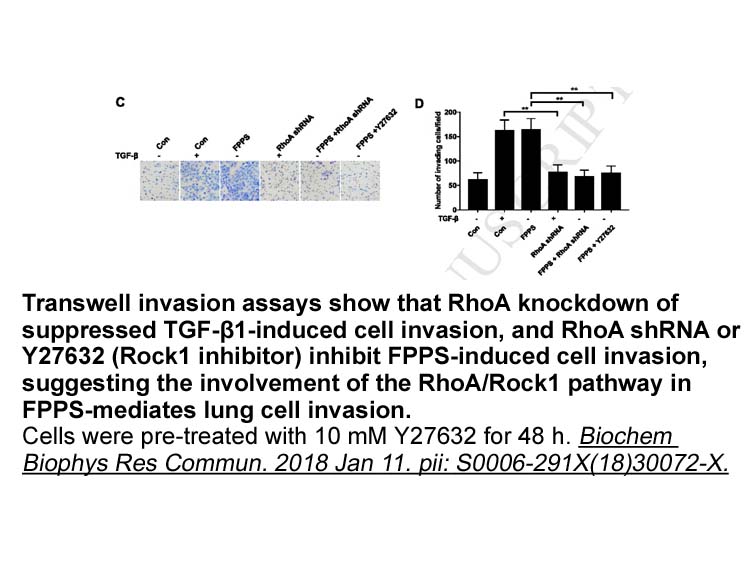
Experimental section Acknowledgments Introduction Adipose is a major endocrine organ which releases a range of bioactive agents [1]. Selected adipose depots have been established as sites of sex steroid metabolism [1]. Subcutaneous and visceral adipose express high levels of aromatase, cap
-
br Experimental and simulation section br
2024-03-28
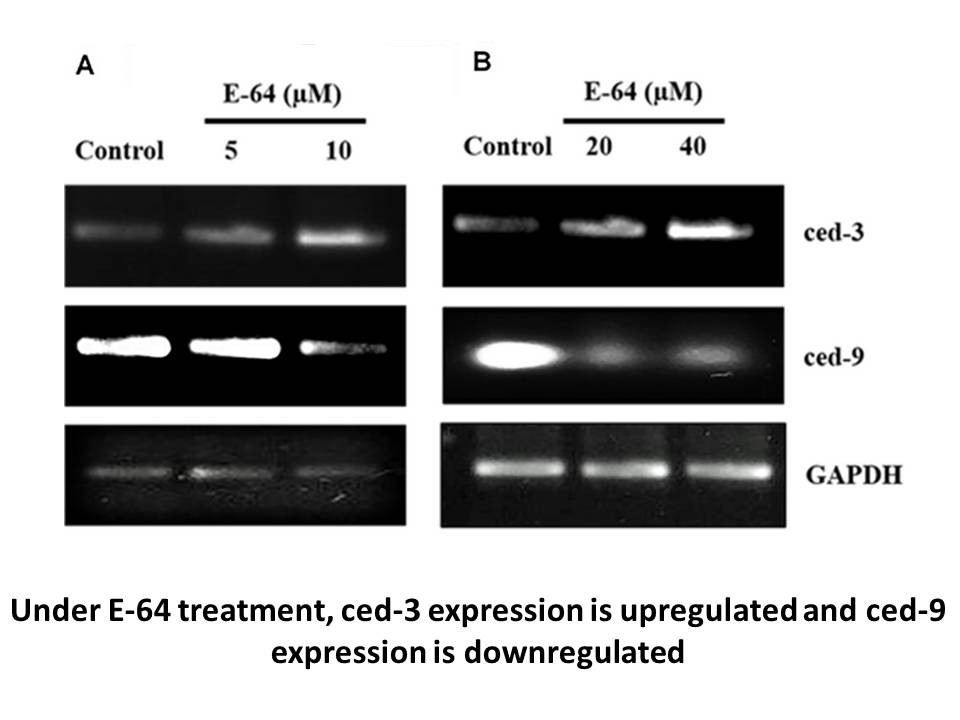
Experimental and simulation section Acknowledgments Financial support for this work was provided by the National Natural Science Foundation of China (No. 81101688). We would like to thank NC State University High Performance Computing Center for providing us computing resources, and Dr. Lihui
-
br Implications for cancer ROS have a
2024-03-28
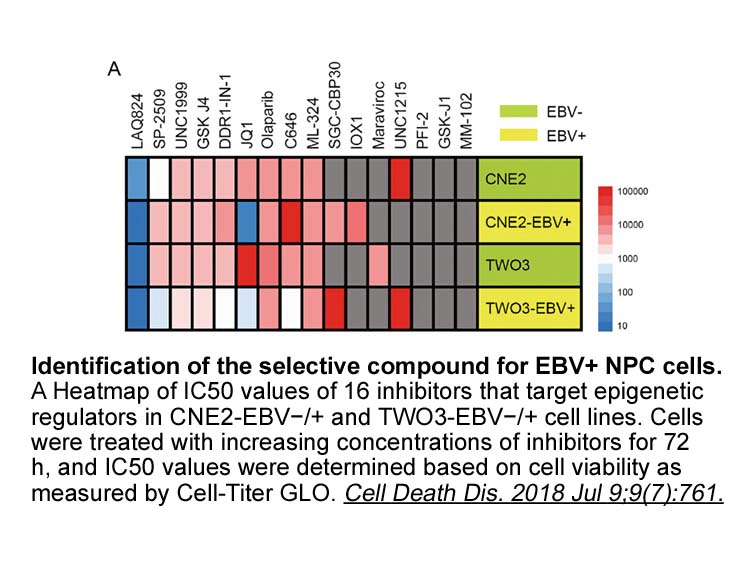
Implications for cancer ROS have a long history of being involved in the development and progression of cancer and increased ROS level is considered as a hallmark of many tumors [76], [77]. Initially, it was thought that ROS would serve as chemical mutagens that would indiscriminately damage cell
-
Phenolic compounds show reciprocal relationship with colonic
2024-03-28

Phenolic compounds show reciprocal relationship with colonic microflora. Phenolic compounds are able to improve colonic health and modulate microbiota diversity with prebiotic and antimicrobial functions, while colonic bacterial enzymes catalyze deconjugation, dehydroxylation, and convert phenolic c
-
On the other hand our study permits to draw
2024-03-28
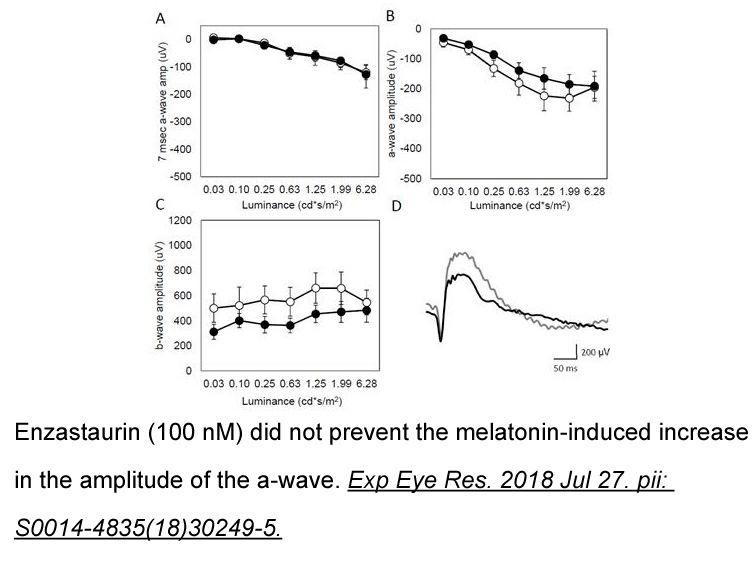
On the other hand, our study permits to draw general conclusions about the complex functional pattern of C4HT, C8HT and C12HT, in comparison with the parent molecule HT and two reference compounds like Trolox and vitamin E. Table 1 summarizes the results obtained in the present investigation (for th
-
Protein microarrays represent just one
2024-03-28
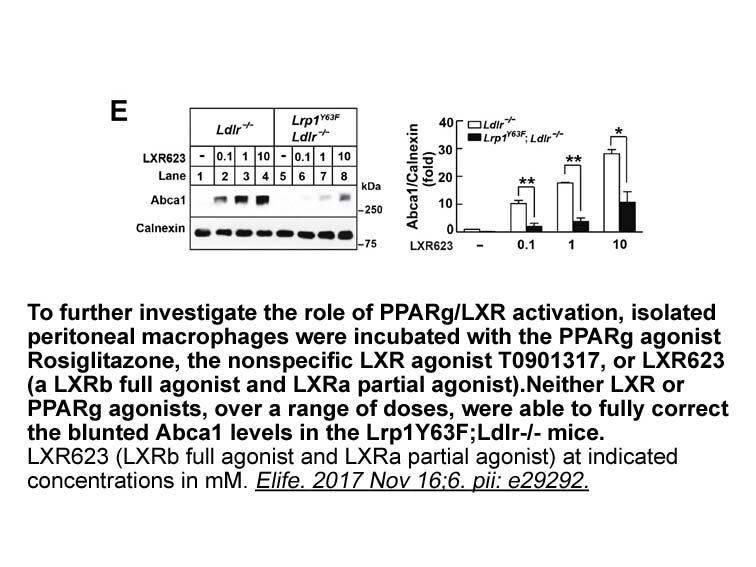
Protein microarrays represent just one of a variety of experimental approaches that can be used to generate datasets of relevance to pathway mapping. Other approaches include protein monobenzone mg profiling techniques, such as antibody arrays [29], tissue arrays [30] and 2-dimensional gel electroph
-
The studies have described that Candida non albicans are
2024-03-28

The studies have described that Candida non-albicans are considered as remarkable pathogenic agents of OPC, and among them, C. tropicalis and C. glabrata are known as major strains that may replace C. albicans as the greatest causing agent of this infection [20], [21]. It has been shown that Candida
-
Here we found that AMPK directly phosphorylates
2024-03-27
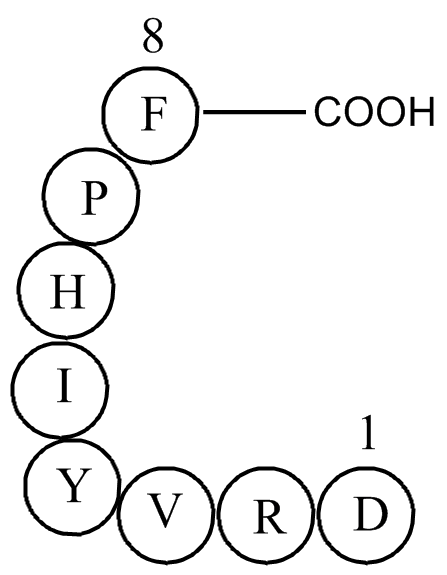
Here we found that AMPK directly phosphorylates EZH2 at Thr311 to disrupt its interaction with SUZ12 and to inhibit PRC2 enzymatic activity, which is supported by the increased expression of PRC2-repressed genes. Furthermore, the T311E-EZH2 mutant that mimics AMPK-mediated phosphorylation status sup
-
The glutamate receptors are important to the glioma
2024-03-27
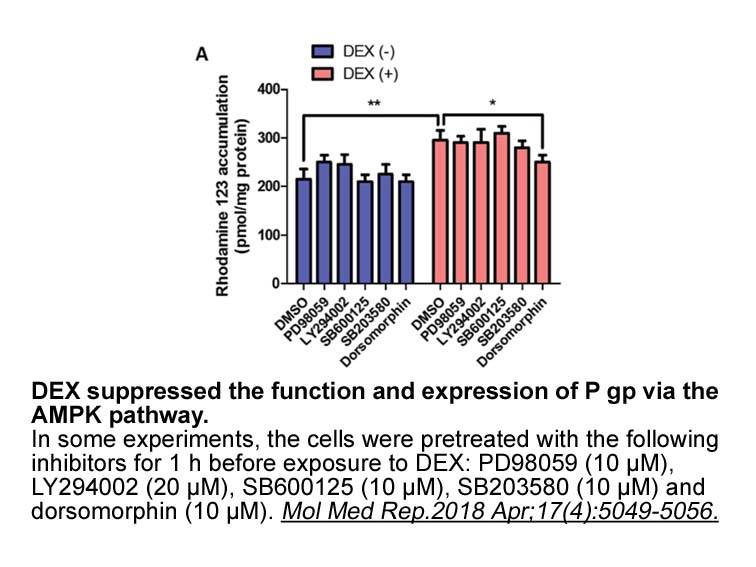
The glutamate receptors are important to the glioma Bindarit synthesis from escaping the excitotoxicity under physiological conditions. There are three subtypes of ionotropic glutamate receptors, including NMDA, kainate, and AMPA receptors, which are relating to diverse Ca2+ permeability. Glioma ce
-
The importance of insulin in controlling lipolysis and fat m
2024-03-27

The importance of insulin in controlling lipolysis and fat mass is further emphasized by mouse models with alterations in the insulin signaling pathway of adipocytes. For example, mice with a tamoxifen-inducible knockout of the insulin receptor in mature adipocytes reveal a substantial decrease of a
-
br Adenosine receptors and innate immunity Monocytes
2024-03-27
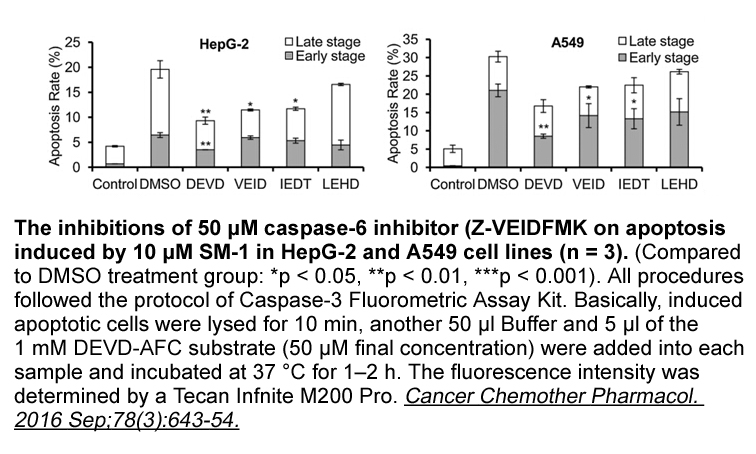
Adenosine receptors and innate immunity Monocytes and macrophages. All four adenosine receptor subtypes are expressed on monocytes and macrophages, and their levels and function undergo significant changes during the maturation of macrophages from monocytes. Indeed, quiescent monocytes are charac
-
br The future of cancer therapeutics with Aurora kinase
2024-03-27
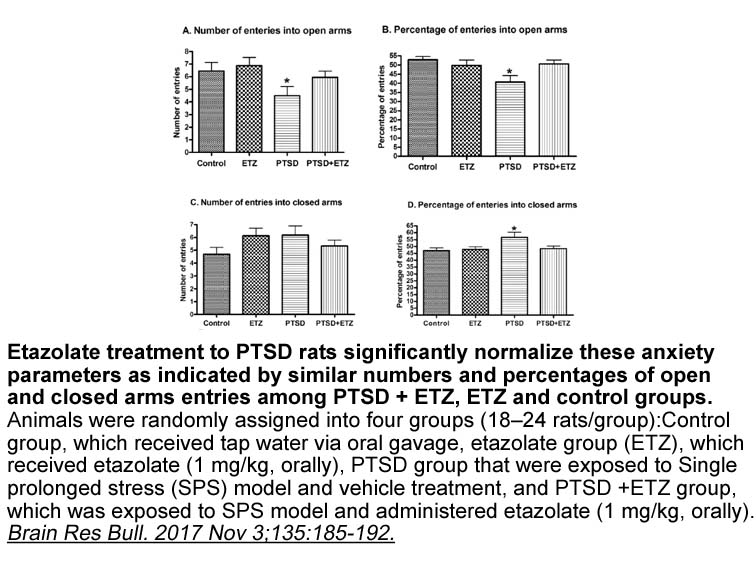
The future of cancer therapeutics with Aurora kinase inhibitors Involvement of Aurora kinases in deregulating multiple tumor suppressor and oncogenic pathways together with the preclinical findings on the efficacy of Aurora kinase inhibitors in attenuating growth of tumor Chlortetracycline HCl s
-
br Materials and methods br Results br Discussion Many
2024-03-27
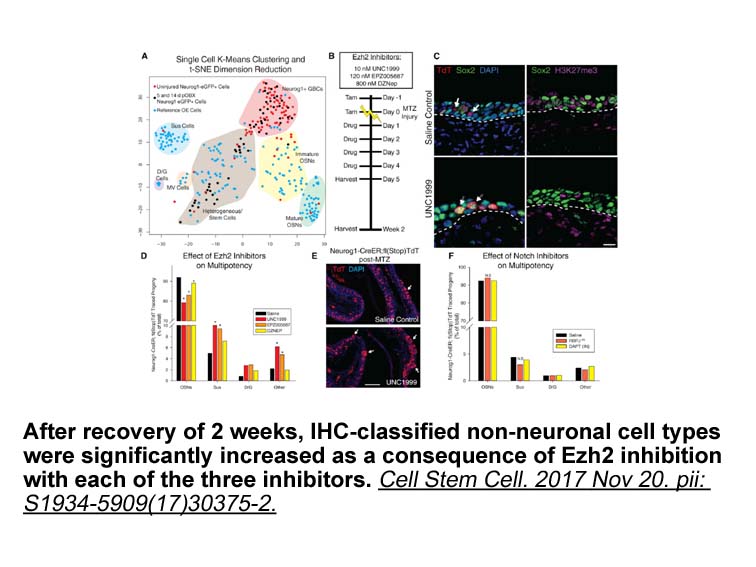
Materials and methods Results Discussion Many studies investigate the role of 12/15-LOX in cancer cell,23, 24, 25 however we here first found that host 12/15-LOX also plays an important role in metastasis progression. We have demonstrated that 12(S)-HETE increased melanoma cell adhesion to
-
How does the ATM to
2024-03-27
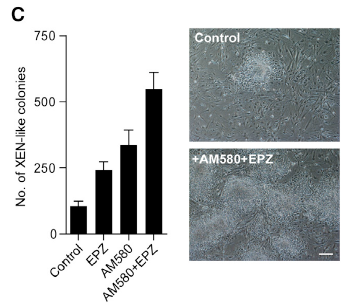
How does the ATM-to-ATR switch occur at DSBs? The progressive attenuation of ATM activation could be attributed to the loss of DNA structures that activate ATM, or to the generation of DNA structures that interfere with ATM activation. Our finding that SSOs do not directly affect the binding of puri
15833 records 164/1056 page Previous Next First page 上5页 161162163164165 下5页 Last page